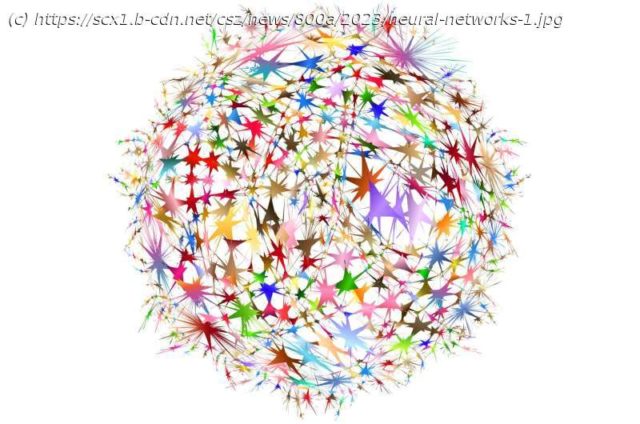Neural networks, a type of machine-learning model, are being used to help humans complete a wide variety of tasks, from predicting if someone’s credit score is high enough to qualify for a loan to diagnosing whether a patient has a certain disease. But researchers still have only a limited understanding of how these models work. Whether a given model is optimal for certain task remains an open question.
Neural networks, a type of machine-learning model, are being used to help humans complete a wide variety of tasks, from predicting if someone’s credit score is high enough to qualify for a loan to diagnosing whether a patient has a certain disease. But researchers still have only a limited understanding of how these models work. Whether a given model is optimal for certain task remains an open question.
MIT researchers have found some answers. They conducted an analysis of neural networks and proved that they can be designed so they are «optimal,» meaning they minimize the probability of misclassifying borrowers or patients into the wrong category when the networks are given a lot of labeled training data. To achieve optimality, these networks must be built with a specific architecture.
The researchers discovered that, in certain situations, the building blocks that enable a neural network to be optimal are not the ones developers use in practice. These optimal building blocks, derived through the new analysis, are unconventional and haven’t been considered before, the researchers say.
In a paper published this week in the Proceedings of the National Academy of Sciences, they describe these optimal building blocks, called activation functions, and show how they can be used to design neural networks that achieve better performance on any dataset. The results hold even as the neural networks grow very large. This work could help developers select the correct activation function, enabling them to build neural networks that classify data more accurately in a wide range of application areas, explains senior author Caroline Uhler, a professor in the Department of Electrical Engineering and Computer Science (EECS).
«While these are new activation functions that have never been used before, they are simple functions that someone could actually implement for a particular problem.






